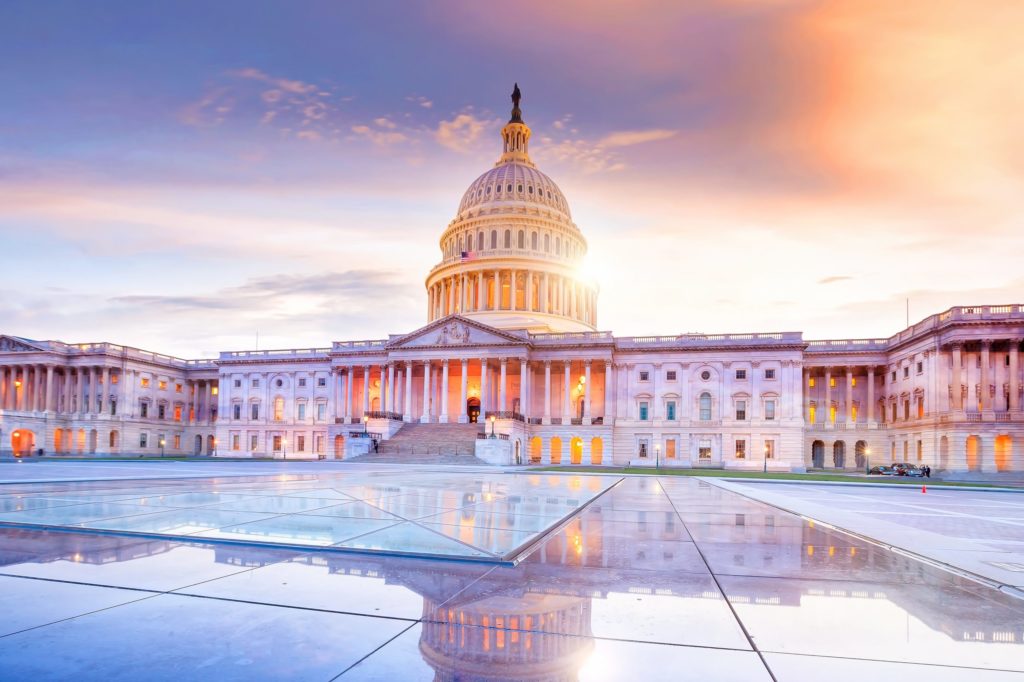Birth Control Access in Indiana
Authors
Key Points
1. Indiana suffers a primary care shortage across the state, which affects contraceptive access.
2. Barriers to contraceptive access in Indiana have resulted in negative outcomes; Unintended pregnancies made up 49 percent of all pregnancies in Indiana in 2010, and taxpayers spent almost $376 million in health care costs related to unintended pregnancies in Indiana that same year.
3. Allowing pharmacists to prescribe contraception can alleviate the primary care shortage, and reduce unintended pregnancies and publicly funded health care costs associated with them.
Media Contact
For general and media inquiries and to book our experts, please contact: [email protected]
Background
In many states, primary care services—including reproductive health services—have become increasingly difficult to access. The primary care shortage affects virtually every state in the country—especially rural and low-income regions. Indiana has 117 designated Health Professional Shortage Areas (HPSA), leaving over 2.1 million Indianans in regions lacking primary care. Further, the primary care shortage across the United States—including in Indiana—is expected to increase over time.
In 2010, 49 percent of all pregnancies in Indiana were unintended. Additionally, the teen birth rate in Indiana was 20.8 per 1,000 teenage girls in 2019. These rates represent a downward trend in unintended pregnancies and births, but a crucial component of the decrease is better contraceptive access. In fact, a 2004 survey found that 28 percent of women who were not using contraception would do so if birth control became more readily available.
Unintended pregnancies, which result in part from barriers to contraceptive use, are costly to individuals, families and states. In 2010, the publicly funded health care costs associated with unintended pregnancies in Indiana totaled nearly $376 million. Of this, the Indiana state government shouldered over $91 million. Better contraceptive access reduces these costs, which can alleviate state funding needs in certain areas.
As a way to address these issues, states have turned to innovative reforms like the pharmacy access model to reduce barriers to some primary care services. The pharmacy access model, which allows pharmacists to prescribe hormonal birth control directly to patients, is now approved in 20 states plus Washington, D.C.
Allowing pharmacists to prescribe birth control is proving to reduce the number of unintended pregnancies; decrease state spending on pregnancy-related health care costs; and mitigate barriers to reproductive care.
Further, research compiled for the U.S. Surgeon General shows that that granting pharmacists some prescribing authority is associated with improved patient outcomes. This is particularly important as the primary care shortage worsens.
Finally, pharmacists prescribing birth control adhere to standards for a birth control consultation, including a blood pressure test and a patient-reported medical questionnaire to determine any contraindications for hormonal birth control. Pharmacists can direct patients to their regular physician if they find a hormonal birth control prescription is not a good fit.
The emerging evidence on the pharmacy access model’s effect thus far in the United States shows that this model can reduce unintended pregnancy, abortions and state spending on health care costs. In Oregon, the Medicaid program saw a reduction in all three categories, attributed directly to pharmacists prescribing birth control, within the first two years of the program. It is likely that as time goes on, and more pharmacies offer these services, the effects will be even larger.
Another recent study on the pharmacy access model found that women seeing pharmacists for birth control consultations were younger, less educated and less likely to be insured than women seeing physicians. This strongly suggests that the primary care shortage adversely affects these demographics the most, and that—at least for birth control access—pharmacist services are alleviating the problem. The pharmacy access model can help states address the primary care shortage while reducing burdens on women, their families and taxpayers alike.











